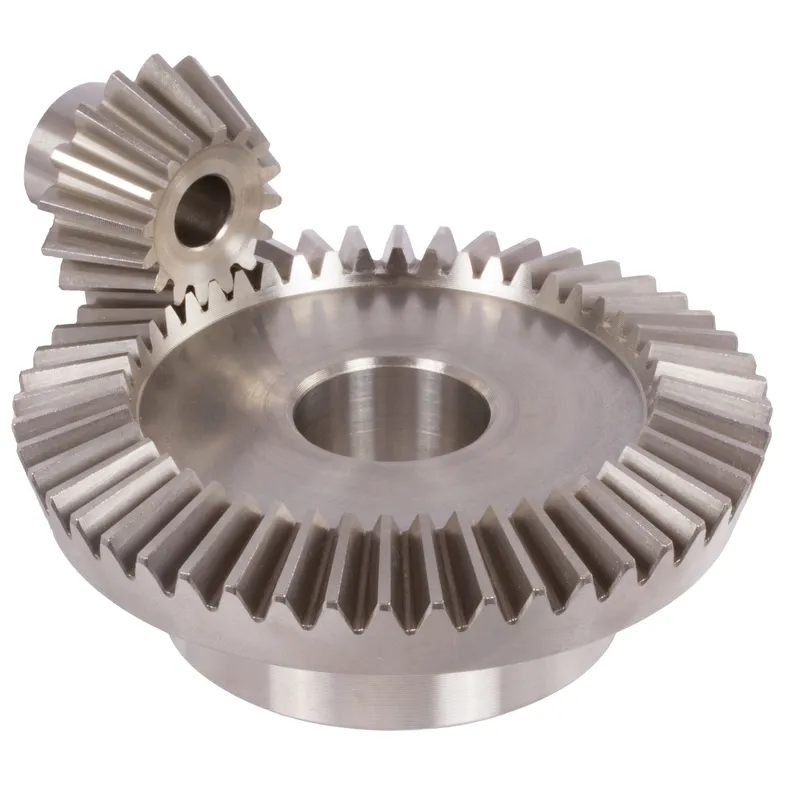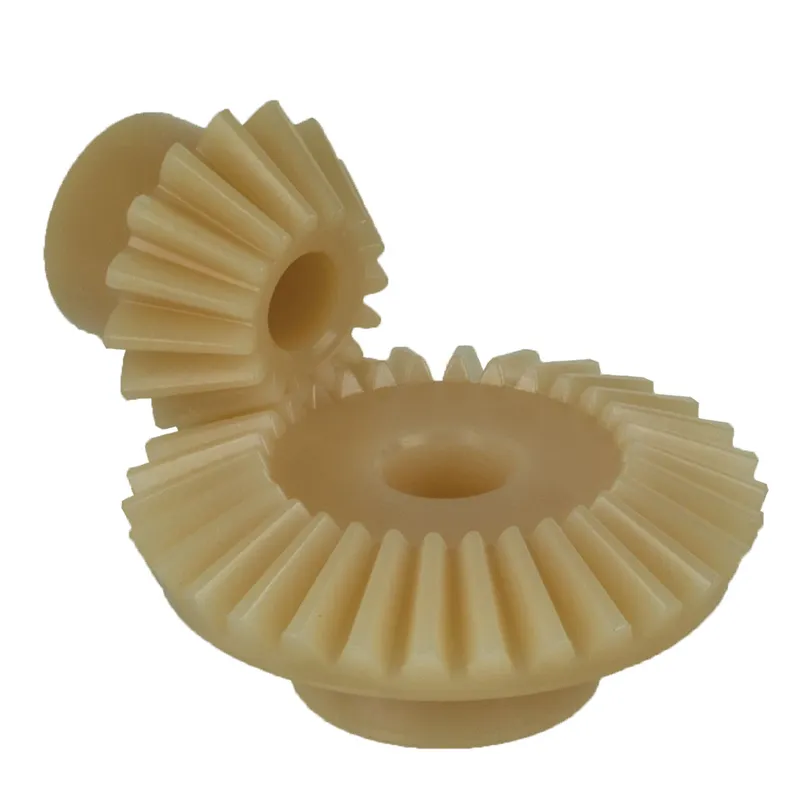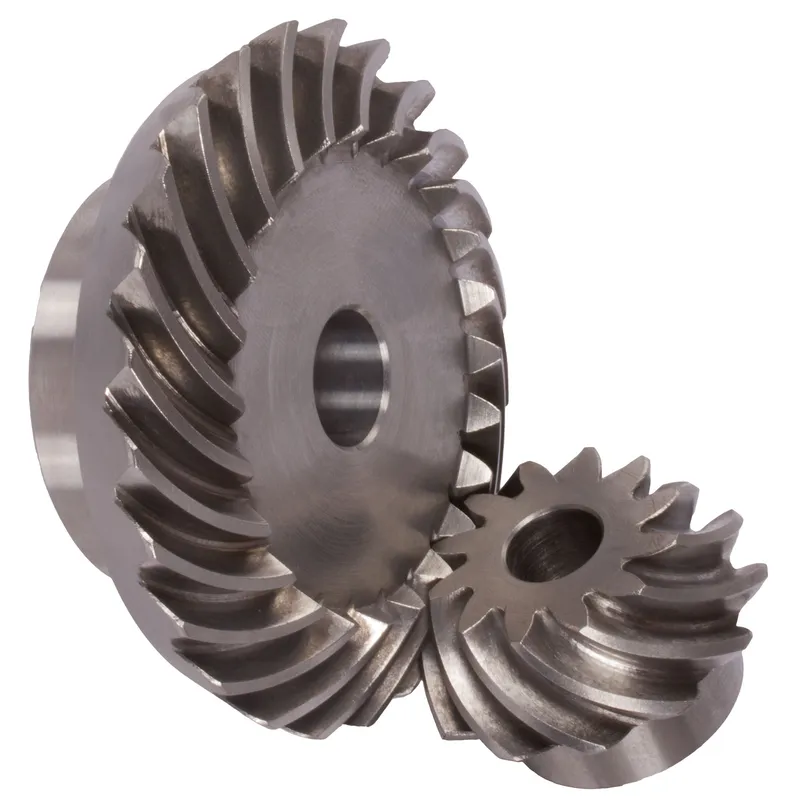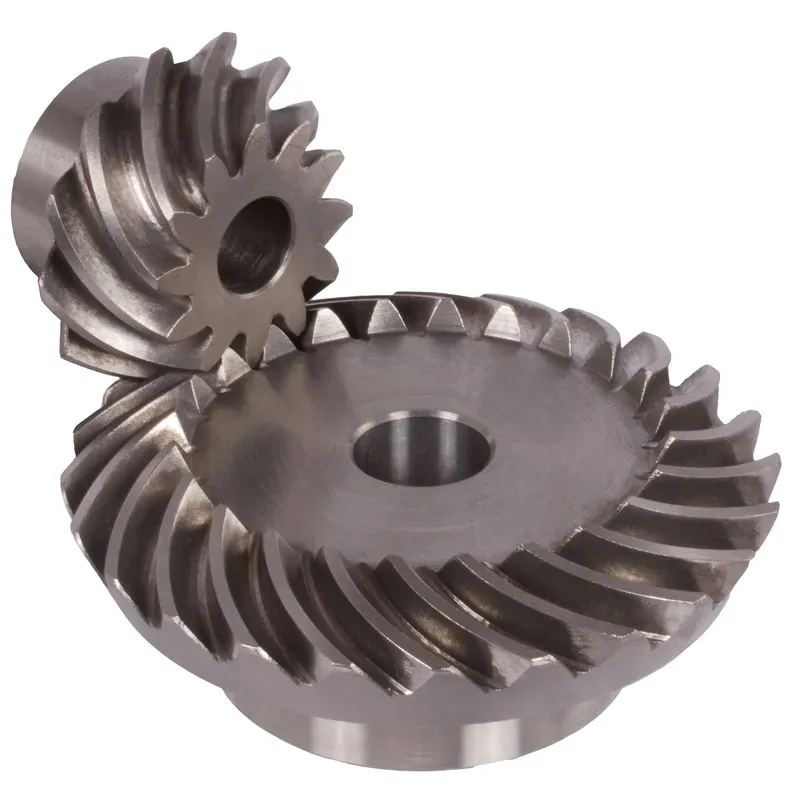Brass Bevel Gears Ratio 2.5:1 Straight-Tooth System
The brass bevel gears ratio 2.5:1 straight-tooth system is a mechanical gear setup designed for transmitting rotational motion between two non-parallel shafts, typically intersecting at a 90-degree angle. This system consists of bevel gears made of durable brass, a material chosen for its high strength, corrosion resistance, and excellent machinability, making it ideal for applications requiring precision and longevity.
The brass bevel gears ratio 2.5:1 straight-tooth system is a mechanical gear setup designed for transmitting rotational motion between two non-parallel shafts, typically intersecting at a 90-degree angle. This system consists of bevel gears made of durable brass, a material chosen for its high strength, corrosion resistance, and excellent machinability, making it ideal for applications requiring precision and longevity.
The gear ratio of 2.5:1 indicates that for every 2.5 rotations of the driving gear (the smaller gear), the driven gear (the larger one) completes one full rotation. The "straight-tooth" design refers to the teeth being radially aligned on the conical surface of the gear, ensuring smooth and consistent power transfer. This configuration is commonly used in machinery like automotive differentials, robotics, and industrial equipment where compact and reliable motion transfer is essential.
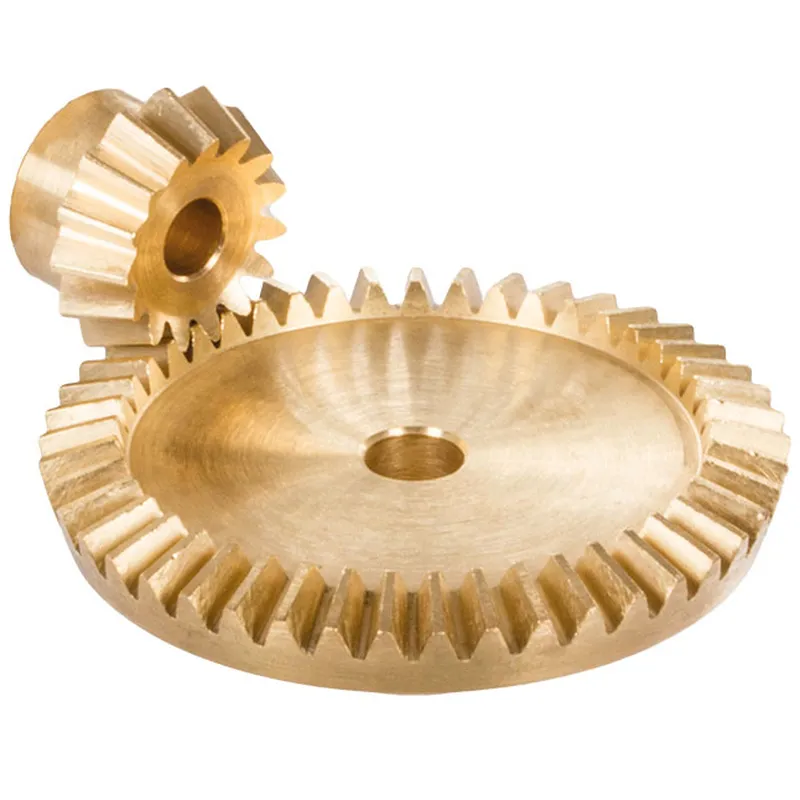
Brass Bevel Gear Ratio 2.5:1
 | 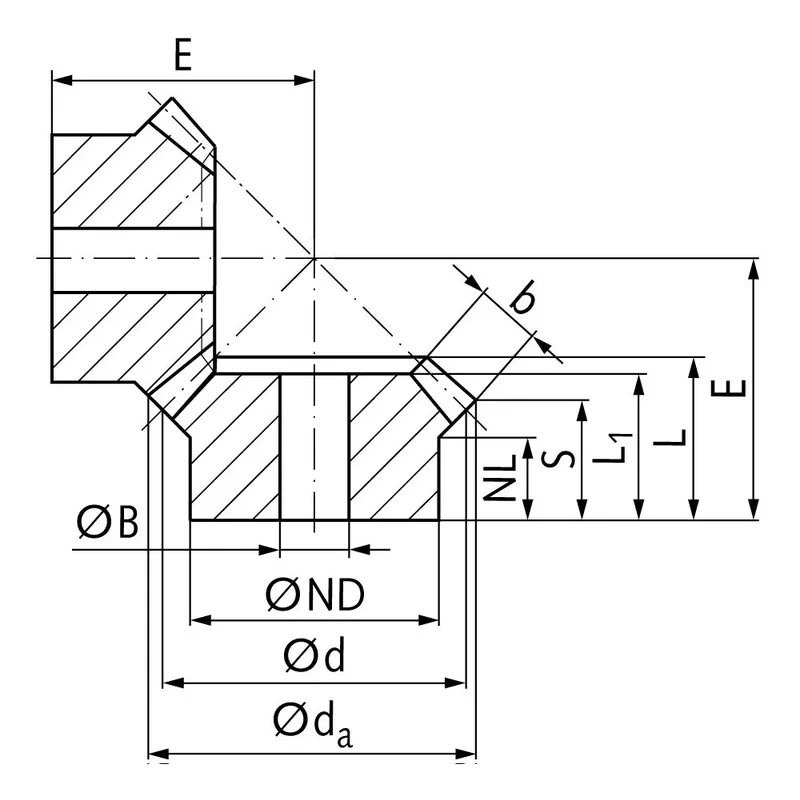 |
| Module | Number of teeth | da | d | ND | NL | L1 | L | S | b | BH7 | E | Torque* | Weight |
| mm | mm | mm | mm | mm | mm | mm | mm | mm | mm | Ncm | g | ||
| 0,5 | 20 | 11,3 | 10 | 8 | 4 | 7 | 7,6 | 4,9 | 3 | 4 | 17,1 | 3,0 | 3 |
| 0,5 | 50 | 25,2 | 25 | 14 | 5 | 7 | 7,8 | 6,8 | 3 | 4 | 11,5 | 7,5 | 12 |
Brass Bevel Gear Production Process
- Material Selection
High-quality brass alloys are carefully chosen based on their mechanical properties such as strength, corrosion resistance, and machinability. This ensures the gears can withstand wear and tear in demanding applications while providing smooth performance. - Raw Material Preparation
The brass is melted in a controlled furnace environment to ensure uniformity. Impurities are removed through a refining process, and the molten brass is poured into ingot molds for solidification, creating the base material for machining. - Forging or Casting
The brass ingots are either forged or cast into rough gear blanks. Forging enhances the material’s strength by aligning the grain structure, while casting allows for complex shapes to be formed with precision. - Initial Machining
The rough blanks are machined on a lathe to achieve the desired outer diameter, inner bore, and general shape. This step ensures the blanks have the correct dimensions for further gear-cutting processes. - Gear Cutting
Specialized gear-cutting machines, such as hobbing or milling machines, are used to shape the bevel gear’s straight teeth. Precision tools are employed to ensure the teeth are evenly spaced and meet dimensional tolerances. - Heat Treatment
The machined gears undergo heat treatment to enhance their mechanical properties. This process improves hardness, wear resistance, and durability, making the gears suitable for high-performance applications in various industries. - Surface Finishing
The gears are polished or coated to achieve a smooth surface finish. This reduces friction during operation and prevents corrosion, enhancing the gears’ lifespan and maintaining their performance under harsh conditions. - Quality Inspection
Each gear is thoroughly inspected using advanced tools such as coordinate measuring machines (CMM) to ensure dimensional accuracy, tooth alignment, and overall quality meet industry standards and design specifications. - Packaging and Distribution
The finished gears are cleaned, labeled, and carefully packaged to prevent damage during transit. They are then distributed to customers or assembly lines for use in mechanical systems, ensuring reliable performance.
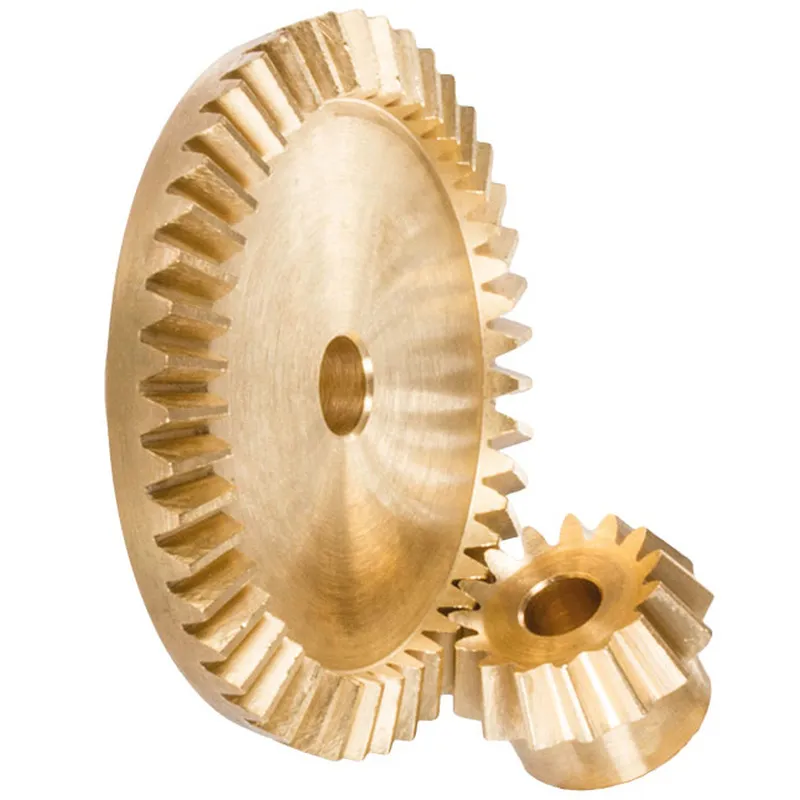
Brass Straight Bevel Gear Examples and Applications
- Automotive Differentials
Brass straight bevel gears are used in vehicle differentials to transfer power from the driveshaft to the wheels while allowing them to rotate at different speeds. Their durability and corrosion resistance make them ideal for withstanding the rigorous conditions of automotive systems. - Industrial Machinery
These gears are widely used in industrial equipment for transmitting motion between perpendicular shafts. Applications include conveyor systems, pumps, and machining tools where precise and reliable power transfer is essential for maintaining operational efficiency and reducing downtime. - Robotics and Automation
In robotics, brass straight bevel gears facilitate precise movement and compact designs. They are used in robotic arms and automated systems requiring smooth torque transmission, high accuracy, and resistance to wear in high-frequency operational environments. - Aerospace Systems
Brass straight bevel gears are employed in aerospace applications for control mechanisms and auxiliary systems. Their lightweight properties, resistance to extreme temperatures, and ability to handle stress make them suitable for critical components in aircraft and spacecraft. - Marine Equipment
These gears are commonly used in marine systems, such as winches and steering mechanisms, due to their excellent corrosion resistance in saltwater environments. Their reliability ensures long-term performance in harsh marine conditions, even with continuous exposure to moisture. - Precision Instruments
Brass bevel gears are integral to precision instruments like optical devices, surveying equipment, and medical machinery. Their ability to provide smooth, accurate rotational motion without backlash makes them a preferred choice for applications demanding high accuracy and reliability.
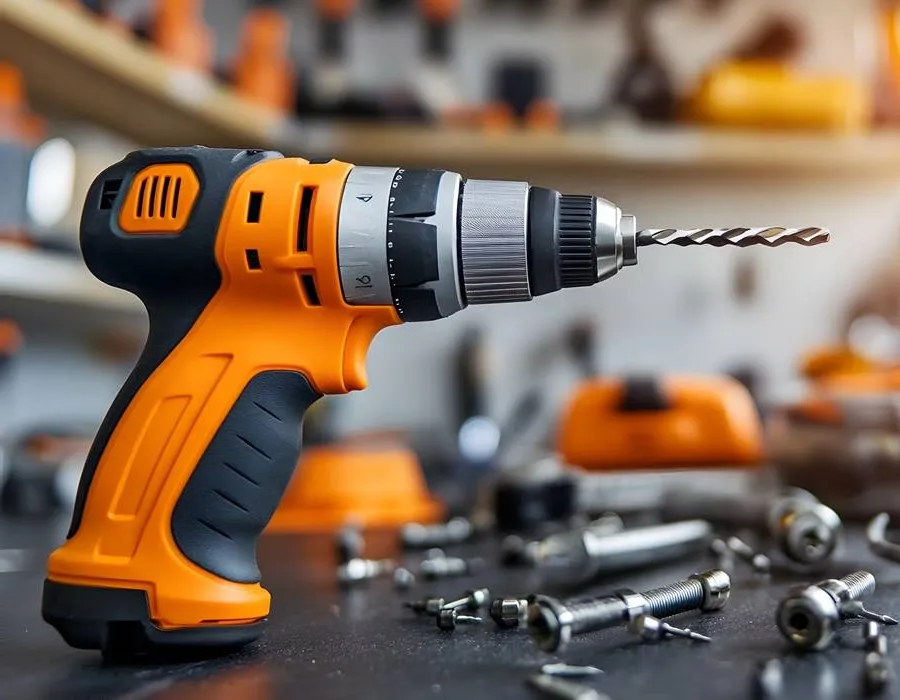 |  |
| Bevel Gear for Power Tools | Bevel Gear for Automotive Differentials |
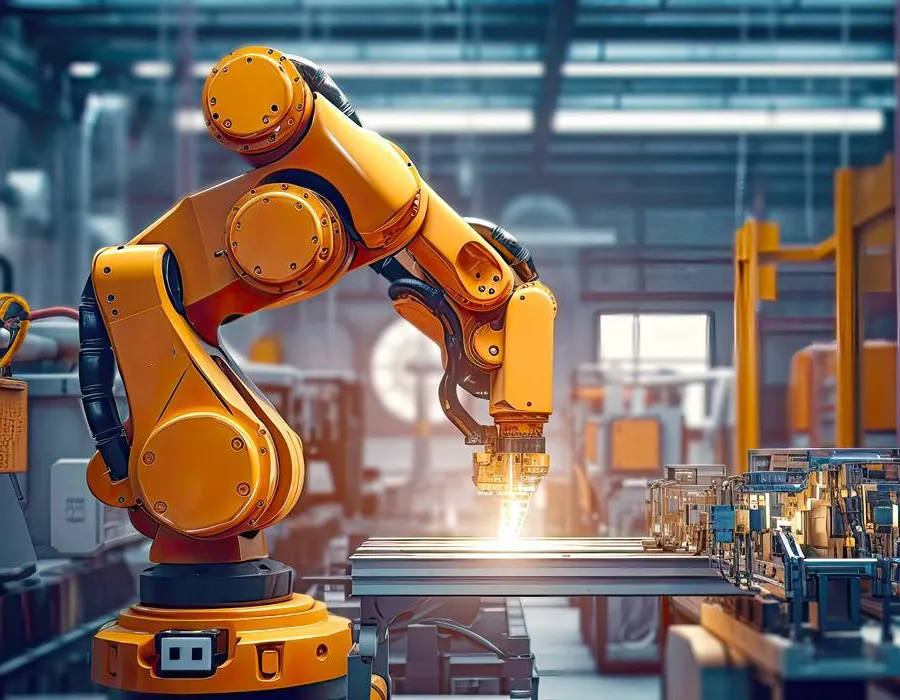 |  |
| Bevel Gear for Robotics | Bevel Gear for Marine Industry |
Common Troubleshooting of Brass Bevel Gears
- Excessive Noise During Operation
Excessive noise is often caused by misalignment between the gears or improper tooth engagement. To troubleshoot, check the gear alignment using precision tools, ensure proper mounting, and verify that the gears are correctly lubricated with a suitable lubricant to reduce friction. - Wear and Tear on Gear Teeth
Premature wear of gear teeth can result from inadequate lubrication, overloading, or poor material quality. Inspect the gears for signs of pitting or abrasion, verify the lubrication system is functioning properly, and ensure the gears are operating within their load capacity. - Overheating During Use
Overheating is commonly caused by excessive friction due to poor lubrication or misalignment. To resolve this, ensure the gears are properly lubricated with a high-quality lubricant, check for obstructions in the lubrication flow, and realign the gears if necessary. - Backlash Between Gears
Excessive backlash can reduce efficiency and lead to performance issues. Troubleshooting involves checking for wear on the teeth, ensuring the gears are mounted with the correct spacing, and adjusting the gear mesh to minimize unnecessary gaps while maintaining smooth operation. - Corrosion or Surface Damage
Corrosion occurs when brass gears are exposed to moisture or corrosive environments without adequate protection. Inspect for surface damage, clean and polish the gears if needed, and apply protective coatings or use anti-corrosion lubricants to prevent further degradation. - Gear Misalignment Issues
Misalignment can lead to uneven load distribution, excessive wear, and noise. To fix this issue, check the shaft alignment using alignment tools, ensure proper torque on mounting bolts, and verify that the gear housing or support structure is not distorted.
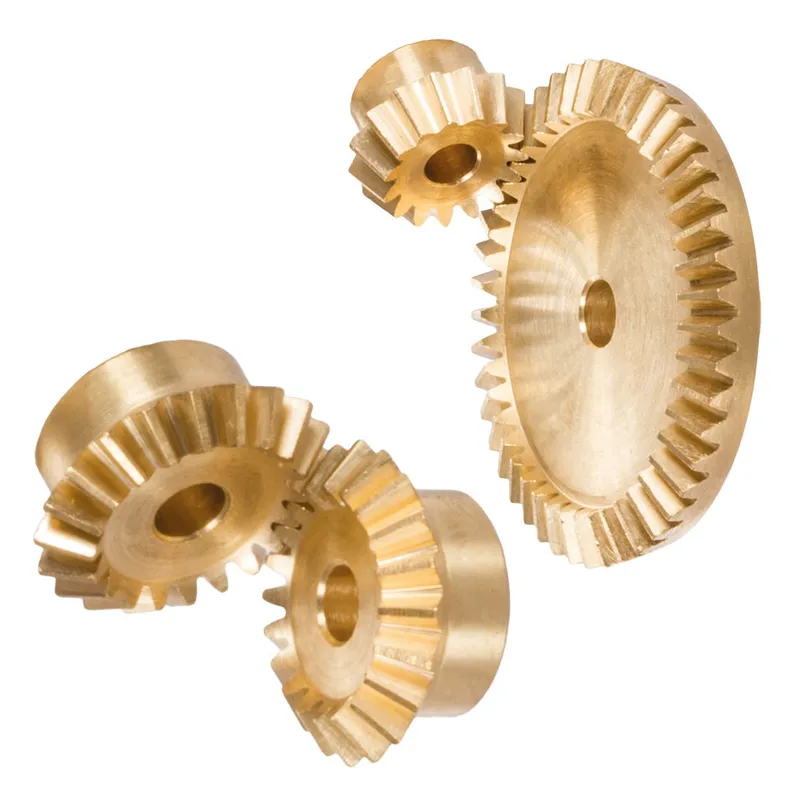
Additional information
| Edited by | Yjx |
|---|
